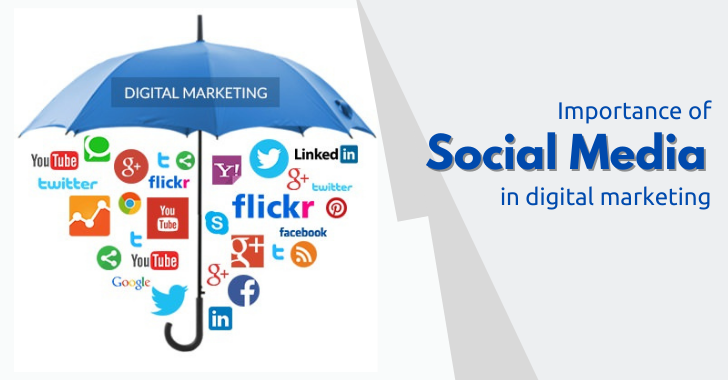Community Management in Digital Marketing:
Effectively Develop and Maintain an Engaged Online Community
In the world of Alsrwsurur Digital Marketing, building and maintaining a strong online community has become increasingly important for businesses. An engaged and loyal community not only helps improve brand awareness and credibility but also drives long-term growth through referrals, repeat purchases, and advocacy. In this comprehensive guide, we will delve into the importance of community management in digital marketing and provide actionable insights on how to effectively nurture and grow your online community.

What is Community Management?
Community management refers to the process of building, engaging, and nurturing an online community around a brand, product, or service. It involves creating and sharing relevant content, fostering meaningful interactions, providing support, and maintaining a positive environment that encourages community members to engage with and advocate for your brand.
Why is Community Management Important in Digital Marketing?
Community management plays a crucial role in digital marketing for several reasons:
- Brand Loyalty and Advocacy: A well-managed community fosters brand loyalty and advocacy, as members are more likely to support and promote a brand they feel connected to and engaged with.
- Customer Feedback and Insights: Engaging with your community allows you to gather valuable feedback and insights that can inform your product development, marketing strategies, and customer support efforts.
- Increased Reach: Active and engaged community members are more likely to share your content and spread the word about your brand, extending your reach and visibility in the digital landscape.
- Improved Customer Retention: A strong community helps improve customer retention by providing ongoing support, resources, and a sense of belonging that encourages members to continue doing business with your brand.
Building and Nurturing Your Online Community
To create and maintain a thriving online community, follow these steps:
1. Define Your Goals and Objectives
Before embarking on your community management journey, it’s crucial to establish clear goals and objectives, such as increasing brand awareness, driving customer engagement, or improving customer support.
2. Identify Your Target Audience
Determine who your ideal community members are by understanding their demographics, interests, preferences, and pain points. This will enable you to create relevant content and experiences that resonate with your audience.
3. Choose the Right Platforms
Select the most suitable platforms for your community based on your target audience and objectives. Popular platforms for community management include social media sites (such as Facebook, Instagram, Twitter, LinkedIn), forums (e.g., Reddit, Quora), and dedicated community platforms (e.g., Slack, Discord).
4. Create Valuable and Engaging Content
Develop and share content that is relevant, informative, and engaging to your community members. This may include blog articles, infographics, webinars, podcasts, social media posts, and more. Ensure that your content aligns with your brand voice and values, and fosters meaningful interactions among community members.
5. Foster a Positive and Inclusive Environment
Create a welcoming and inclusive atmosphere within your community by:
- Establishing clear community guidelines: Set expectations for behavior, communication, and participation within your community.
- Moderating discussions: Monitor and guide conversations to ensure they remain productive, respectful, and aligned with your community’s purpose.
- Addressing conflicts and issues: Tactfully manage conflicts and address any issues that arise within your community to maintain a positive environment.
6. Engage with Your Community
Actively participate in your community by:
- Responding to comments and messages: Promptly and thoughtfully respond to comments, messages, and inquiries from community members.
- Asking for feedback and opinions: Encourage community members to share their thoughts and feedback on your products, services, or content.
- Showcasing member contributions: Highlight and celebrate the contributions, achievements, and success stories of your community members.
7. Measure and Analyze Your Community’s Performance
Regularly monitor and analyze your community’s performance using relevant metrics, such as engagement rate, membership growth, content reach, and member satisfaction. Use these insights to make data-driven decisions and continuously improve your community management efforts.
Conclusion
Community management is an essential aspect of digital marketing that helps businesses build lasting relationships with their audience and drive long-term growth. By following the steps outlined in this guide, you can effectively nurture and grow your online community, fostering brand loyalty, increased reach, and improved customer retention. Stay up-to-date with the latest trends and best practices in community management to ensure your community remains relevant, engaged, and thriving in the ever-changing digital landscape.